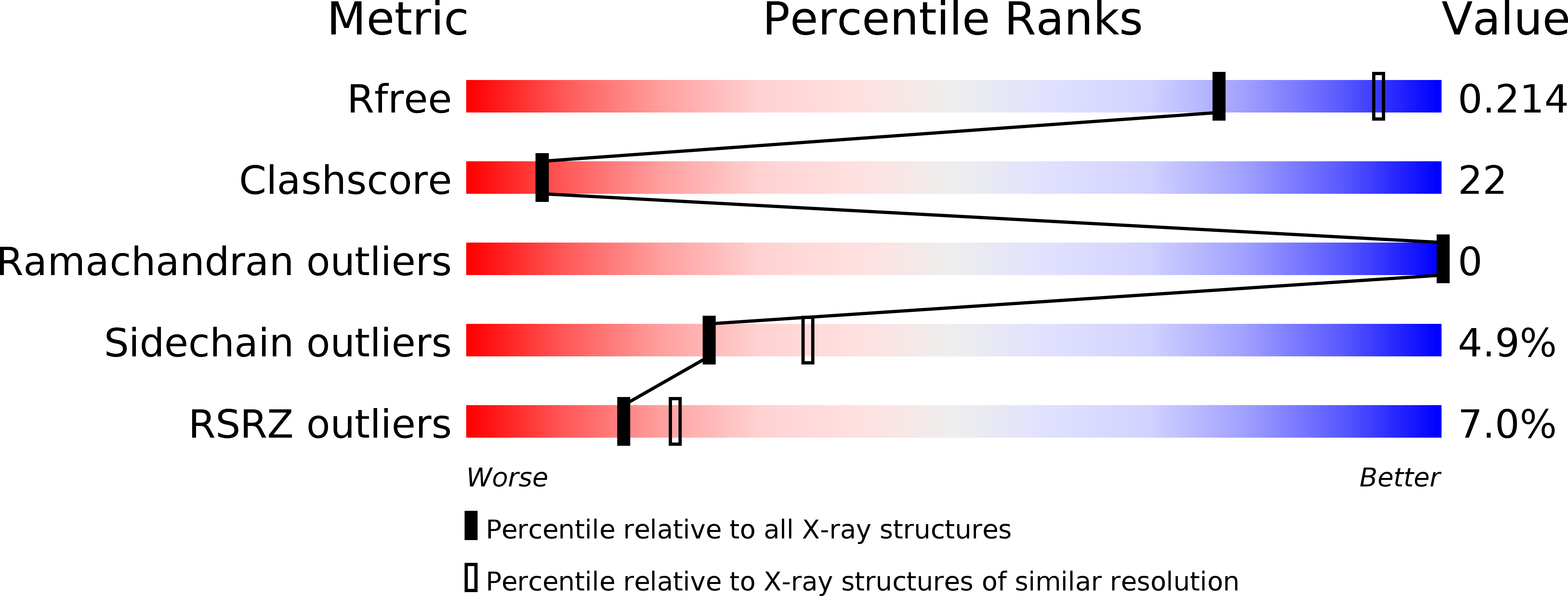
Deposition Date
2019-04-05
Release Date
2020-03-11
Last Version Date
2024-01-24
Method Details:
Experimental Method:
Resolution:
2.30 Å
R-Value Free:
0.21
R-Value Work:
0.17
R-Value Observed:
0.17
Space Group:
P 31 2 1


